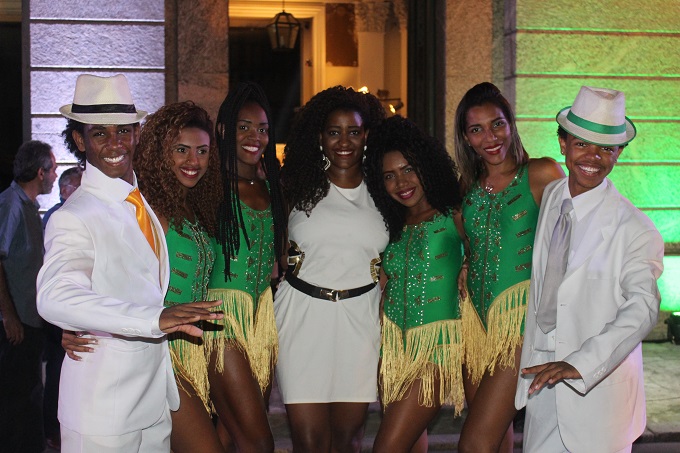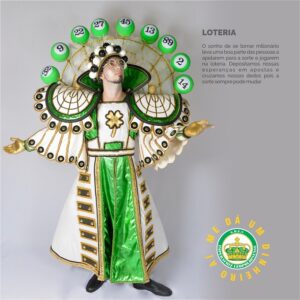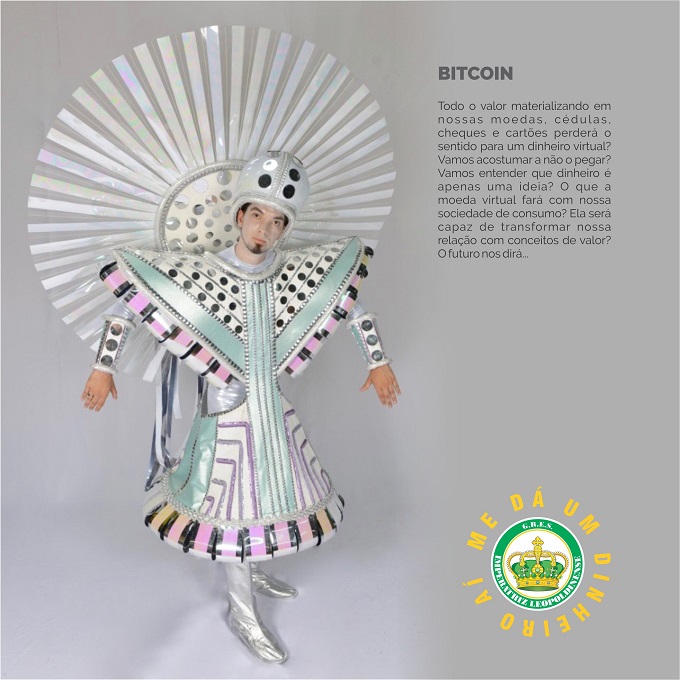The unique Brazilian Carnival held every year in Rio is going to feature Bitcoin this year. That is exciting in itself. However, the context in which it is placed is more illuminating. Event participants have woven Bitcoin into a nuanced commentary on the history and future of money in Brazilian culture.
The Future Represented by Cryptocurrency
Every year since 1960, Imperatriz Leopoldinense, a samba school in Rio de Janeiro, has participated in the carnival. Each year the school chooses a theme for the carnival, inspired by a different social, political, or economic concept. The ideas is to use the carnival as a tool to make these themes more approachable for public discussion. Hoping to be this year’s champion, the samba school chose money as their theme, and Bitcoin will get special representation.

Our story will talk about money and its relationship with humans from its invention to the present time,
the school’s website states. We end the parade by talking about a future already present through the cryptographic currencies – a digital resource system designed to function as a medium of exchange. As of 2010, some companies on a global scale began to accept Bitcoin.
Where Does Bitcoin Fit In?
One of the ways that the school will express the theme is through elaborate costumes they designed. The costumes represent different ideas related to the general theme. The wearers will also often mime or caricature the different concepts. Productions of plays that relate to the theme also rely on the costumes.
This year plays include the story of Robin Hood, an English folk hero who stole from the rich and gave to the poor. They also tell the story of King Midas, a mythological figure who turned everything he touched into gold. Another costume represents Ebenezer Scrooge, the lonely miser from “A Christmas Carol”.
 More abstract costumes illustrate different Brazilian economic classes. Costumes representing the upper class are elaborate and stately. The ones representing the middle class feature ties and suitcases. Costumes representing the poor look like they are made of rags. Other costumes represent the lottery and the barter system.
More abstract costumes illustrate different Brazilian economic classes. Costumes representing the upper class are elaborate and stately. The ones representing the middle class feature ties and suitcases. Costumes representing the poor look like they are made of rags. Other costumes represent the lottery and the barter system.
The final costumes represent different forms of money. These begin with the Bahia Mint, a form of money first introduced in Brazil by conquerors from Europe. Brazil’s modern government replaced this coin when it became its own country, which lead to new class struggles. Of course, it ends with Bitcoin, the most recognisable of all cryptocurrencies.

Will virtual money make everything of value, materialized in our coins, bank notes, checks and cards, lose importance?
the school asks on their promotional material for the carnival. Are we going to realise that money is just an idea? What will virtual currency do to our consumer society? Will it be able to transform our relationship with the concepts of value? The future will tell…
What Does This Tell Us?
The placement of Bitcoin in this uniquely Brazilian context is certainly interesting. What is more interesting is that cryptocurrencies take up a similar place in the story of most countries. Whether or not cryptocurrencies are the future, they are a part of the present, and we shouldn’t overlook that.
Bitcoin isn’t just a fun addition to the carnival. As is the case in many countries, Brazilian courts have been battling over crypto. A recent court verdict sided with a Brazilian crypto exchange that was being throttled by conventional banks. Higher courts are currently arguing over developing a cryptocurrency for Brazil’s indigenous populations.